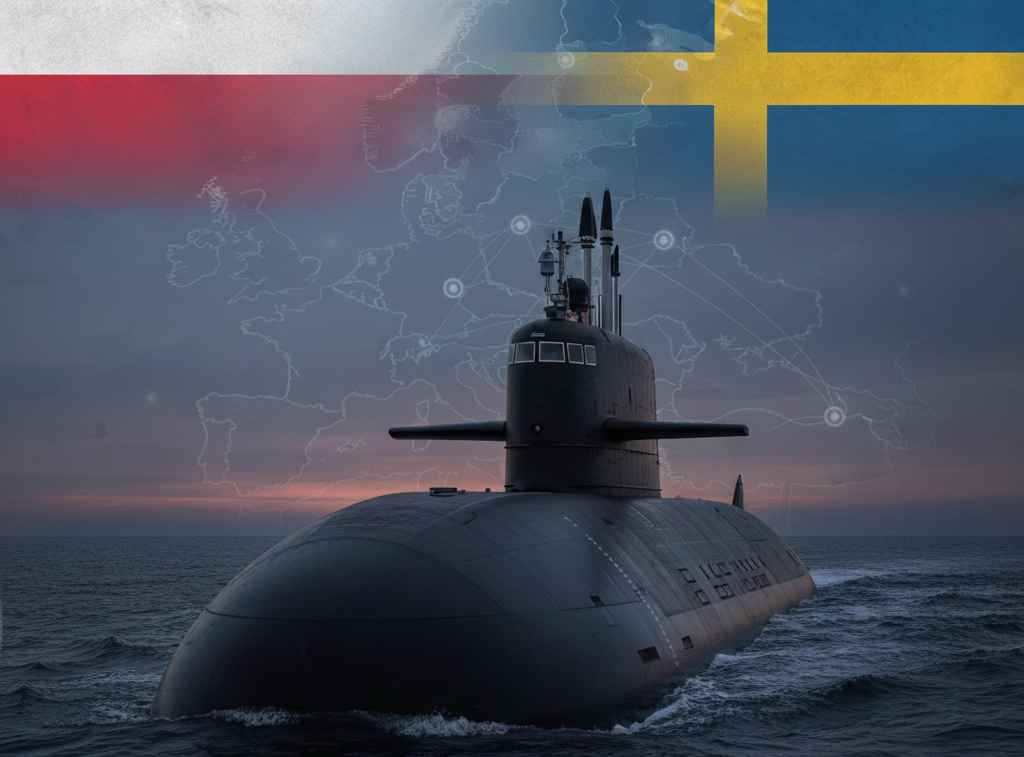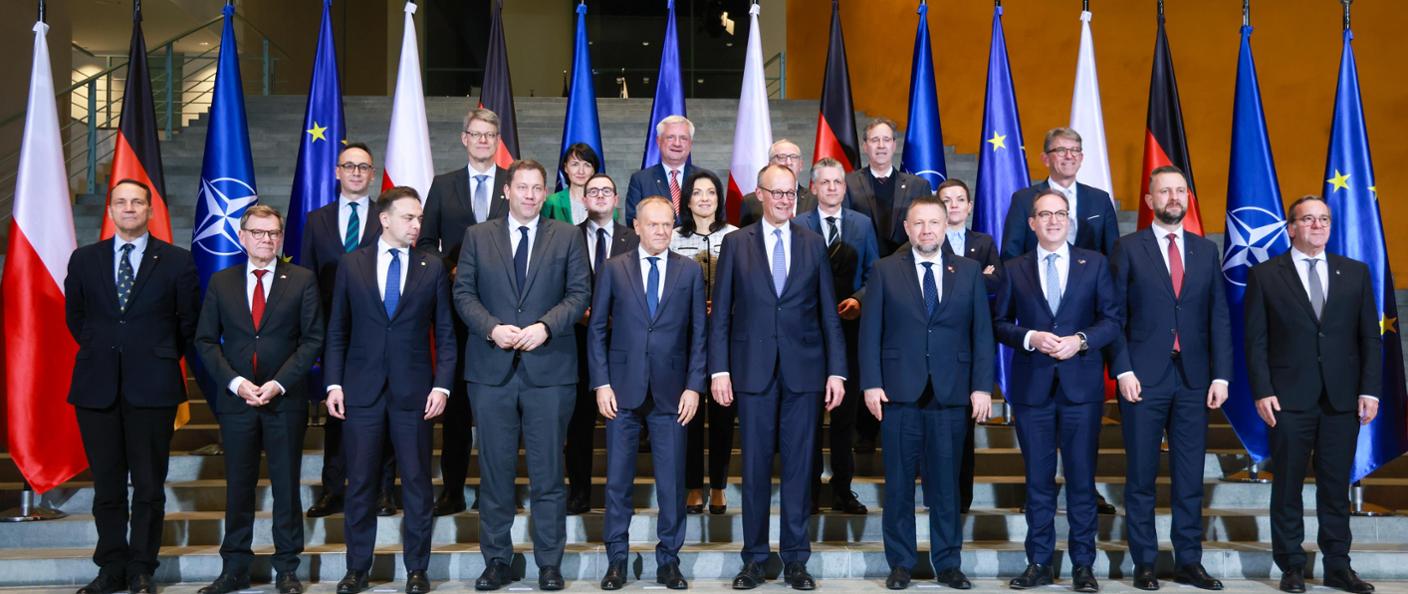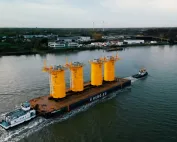On Friday, the European Council reached a general approach on the revision of the Trans-European Networks for Energy (TEN-E) Regulation. The objective of the revised TEN-E regulation is to modernise, decarbonise and interconnect the EU’s cross-border energy infrastructure in order to help the EU achieve its 2050 climate neutrality objectives. The revised Regulation also aims to continue ensuring market integration, competitiveness and security of supply.
“I welcome the focus on offshore renewable energy, electricity grids and new technologies like electrolyzers. These are all areas that need attention and investment as we move toward climate neutrality.” – said Kadri Simson, European Commissioner for Energy, during the press conference following the Transport, Telecommunications and Energy Council.
The revision of the TEN-E Regulation identifies 11 priority corridors and 3 priority thematic areas to develop and interconnect. This will be done mostly through projects of common interest (PCIs), financed by the Connecting Europe Facility for 2021-2027. The revised Regulation updates the infrastructure categories eligible for support with an emphasis on decarbonisation and adds a new focus on offshore electricity grids, hydrogen infrastructure and smart grids.
Member States also agreed to simplify and accelerate permitting and authorisation procedures. According to the Council’s position, the revised Regulation will continue to ensure that new projects respond to market integration, competitiveness and security of supply objectives. It will also continue to support projects that connect regions currently isolated from European energy markets, that strengthen existing cross-border interconnections and that promote cooperation with countries outside of the EU.
Source: European Council, European Union














